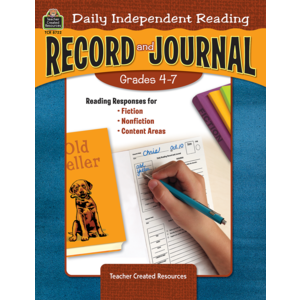As a teacher, you probably spend a good deal of your time checking student work. If you’re not, you may be neglecting a crucial follow-up to independent practice (see previous post, “Tips for Independent Practice in the Classroom“). Here are some things to consider when checking student practice work.
First of all, ask yourself why is the work being checked? The main reasons to check practice work are to give the students feedback on how they are doing, to stop them from practicing something incorrectly, and to promote whatever is being taught. Therefore, the checking needs to be done either right after students finish the work or while they are doing the work. Spending valuable time checking a set of class papers will do little to assist learning if students do not get them back for several days. Students need immediate feedback on how they are doing. If the work is at the correct level of difficulty, students will naturally make a few errors during guided practice. This is not the time to grade for accuracy because it is practice and not mastery. You might have students check their own practice, check each other’s work, or have peer tutors or parent volunteers help with checking the work so that you as the teacher can be free to teach.
However, the most crucial times for teachers to check student work themselves are
(1) when students are being tested or checked for mastery of something they have been taught
(2) after students have been given opportunities to practice and to correct errors
In other words, teachers should evaluate tests while students can often check daily work.
For more tips on checking student work, check out the Jumbo Book of Teacher Tips and Timesavers.
Next Post: Tips for Returning Work and Distributing Classroom Materials





